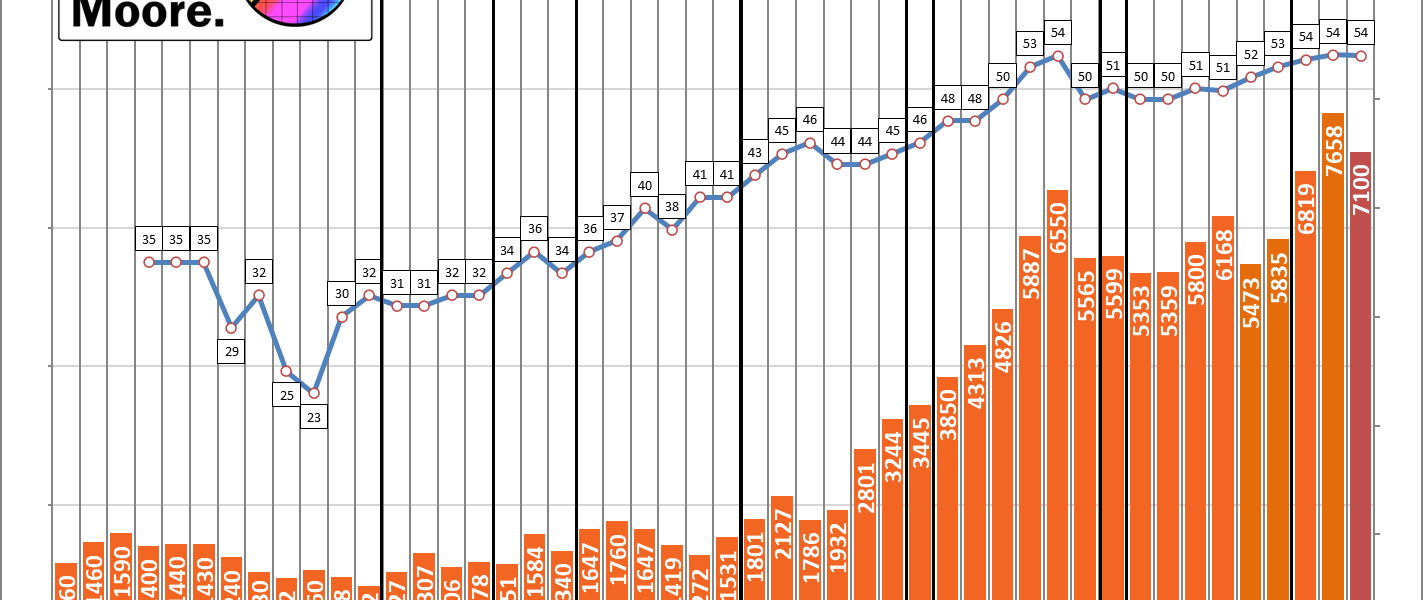AMD’s recent performance presents a mixed bag for investors and industry watchers alike. The company managed to surpass analysts’ earnings expectations, showcasing its continued strength in key market segments. This achievement highlights AMD’s ability to innovate and capture market share in the face of intense competition. However, a less optimistic outlook accompanies this positive news, as AMD provided lower-than-anticipated guidance for the upcoming fourth quarter, raising concerns about potential headwinds in the near future. This discrepancy between current success and projected performance has led to a flurry of speculation and analysis regarding the factors influencing AMD’s trajectory.
Understanding the Earnings Beat
Several factors contributed to AMD’s strong earnings performance. One key element is the continued demand for its Ryzen processors in the desktop and laptop markets. These processors offer a compelling combination of performance and value, making them attractive to both consumers and businesses. Furthermore, AMD’s EPYC server processors have gained significant traction in data centers, challenging Intel’s dominance and driving revenue growth. The company’s success in the gaming console market, with its semi-custom chips powering the latest PlayStation and Xbox consoles, also played a crucial role.
Decoding the Disappointing Guidance
The lower-than-expected Q4 guidance has sparked debate about the challenges AMD faces. Here are some potential contributing factors:
- PC Market Slowdown: The overall PC market has been experiencing a slowdown after a period of pandemic-induced growth. This could impact demand for AMD’s Ryzen processors.
- Gaming Market Uncertainty: While console sales remain strong, the gaming market as a whole faces uncertainty due to supply chain constraints and shifting consumer preferences.
- Increased Competition: Intel and Nvidia continue to compete aggressively, introducing new products that could erode AMD’s market share.
- Macroeconomic Factors: Global economic uncertainty, including inflation and rising interest rates, could dampen consumer spending and business investment, affecting demand for AMD’s products.
Potential Solutions and Future Outlook
To navigate these challenges, AMD needs to focus on several key areas. Continued innovation in processor and graphics technology is crucial to maintain its competitive edge. Furthermore, expanding its presence in emerging markets and diversifying its product portfolio could help mitigate the impact of cyclical downturns. Strategic partnerships and acquisitions could also provide new avenues for growth. A well-defined strategy will be necessary for AMD to maintain its momentum.
Comparing AMD’s Performance with Competitors
While AMD’s Q4 guidance has raised some eyebrows, it’s important to consider its performance in the context of its competitors. Here’s a brief comparison:
| Company | Recent Performance | Q4 Guidance | Key Strengths | Key Challenges |
|---|---|---|---|---|
| AMD | Beat earnings estimates | Missed guidance | Strong CPU and GPU offerings, gaming console dominance | PC market slowdown, increased competition |
| Intel | Mixed results | Varied outlook | Established brand, diverse product portfolio | Manufacturing challenges, competition from AMD |
| Nvidia | Strong performance | Positive outlook | Dominance in GPU market, AI leadership | Supply chain constraints, regulatory scrutiny |
Ultimately, while the missed guidance is a cause for concern, AMD has demonstrated its ability to adapt and innovate. The company’s long-term success will depend on its ability to navigate the evolving market landscape and capitalize on new opportunities.

